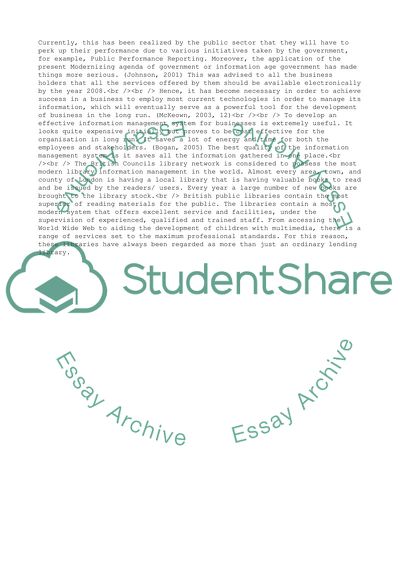Cite this document
(Information Management Assignment Example | Topics and Well Written Essays - 2250 words - 1, n.d.)
Information Management Assignment Example | Topics and Well Written Essays - 2250 words - 1. Retrieved from https://studentshare.org/management/1737545-information-management
Information Management Assignment Example | Topics and Well Written Essays - 2250 words - 1. Retrieved from https://studentshare.org/management/1737545-information-management
(Information Management Assignment Example | Topics and Well Written Essays - 2250 Words - 1)
Information Management Assignment Example | Topics and Well Written Essays - 2250 Words - 1. https://studentshare.org/management/1737545-information-management.
Information Management Assignment Example | Topics and Well Written Essays - 2250 Words - 1. https://studentshare.org/management/1737545-information-management.
“Information Management Assignment Example | Topics and Well Written Essays - 2250 Words - 1”. https://studentshare.org/management/1737545-information-management.


